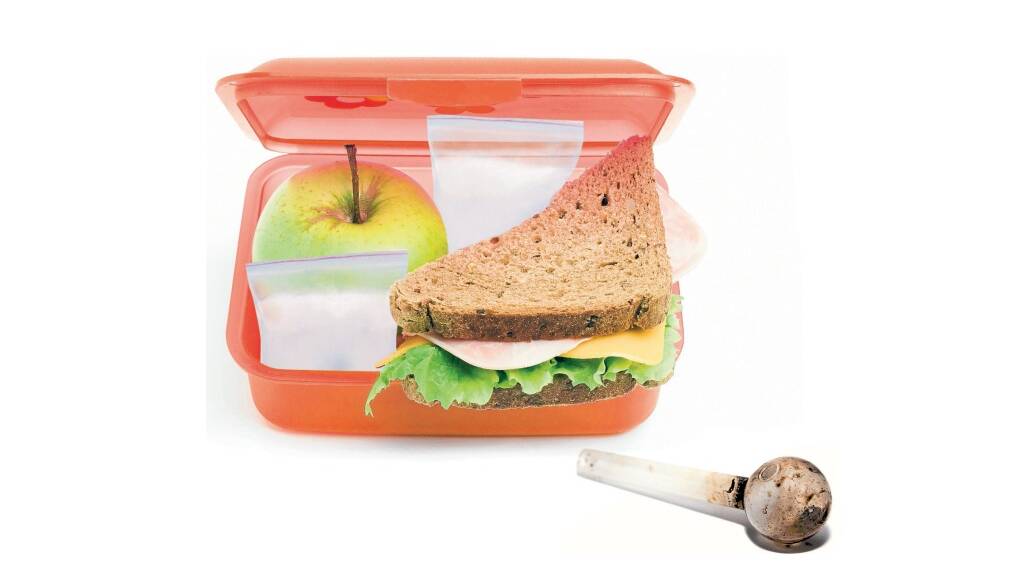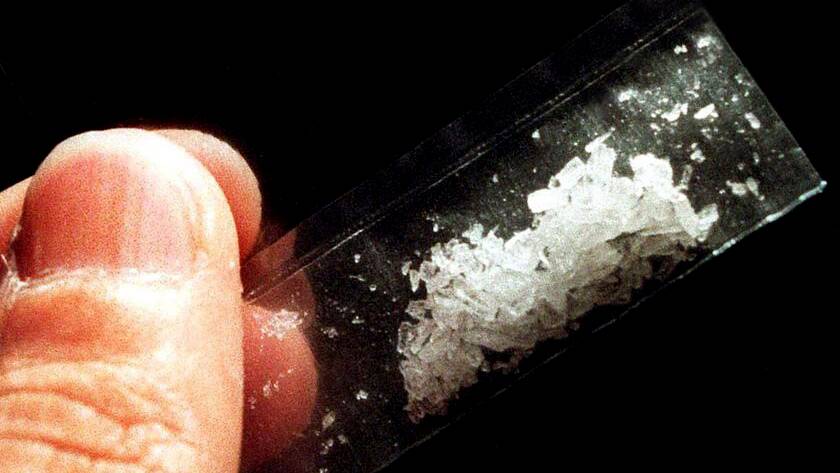
BALLARAT children as young as 10 are abusing the devastating methamphetamine known as ice.
Subscribe now for unlimited access.
$0/
(min cost $0)
or signup to continue reading
The startling revelation comes from local doctors and drug treatment organisations, who say kids who haven't yet finished primary school are seeking treatment for addictions to the now widespread drug.
SPECIAL REPORT:
Ballarat Health Services' Youth Mental Health Services department and Ballarat Community Health confirmed children in the city had been seeking withdrawal treatment and help for mental illnesses caused by ice.
They also say the drug doesn't discriminate, with children from both private and public schools using.
BHS Youth Mental Health Services consultant psychiatrist Dr Ravi Srinivasaraju and clinical manager Dr Julie Rowse said young people needed to be aware that only one use of the drug could result in the automatic onset of mental illness.
"There have been very young children, some only 10-years-old, who have presented here due to ice," Dr Rowse said.
"Not everybody who uses substances like ice go on to develop a mental illness, however, ice has been known to have effects, such as drug induced psychosis, immediately."
Ballarat Community Health chief executive officer Robyn Reeves said her organisation had also seen young children seeking treatment for ice use.
"We have certainly had some very young clients using ice and, unfortunately, it will probably continue to get younger," Ms Reeves said.
"I know there have been children as young as 12 and I'm sure there are children even younger than that using ice."

UnitingCare's Tabor House, which provides residential withdrawal for those aged 12-21, also said the age of ice users was rapidly reducing.
Tabor House withdrawal nurse Darren Cutts said it was only because of their centre's age bracket cut-off that they had not seen younger clients.
"We've seen clients around the ages of 14 and 15," he said.
"But I have heard of much younger children using ice in our community.
"We're noticing a high percentage of young substance users who first start experiencing with substances like ice in their early teens and that age bracket is certainly dropping."
Mr Cutts said it was common for young people to use ice as their first drug experience.
Dr Srinivasaraju said the drug's presence in Ballarat was only growing.
"This is a very dangerous and powerful drug," he said.
"It is worrying that its use keeps escalating and will no doubt continue to escalate."
ICE is driving crime in Ballarat with a large amount of police time spent addressing people offending while on it.
Ballarat Police Service Area Superintendent Andrew Allen said the drug was taking up police time in all areas of the law, with it thriving in high volume crimes.
Superintendent Allen said the drug was fuelling crimes such as theft from and theft of motor cars, burglary, obtaining property by deception, stolen credit cards, family violence and assaults.
"As was seen in the most recent crime statistics, drug offences had risen by 78 per cent compared to the same time for the previous 12 months, based on per 100,000 population," he said.
"This indicates increased use as well as increased detection and charging of offenders."
He said police were forced to deal with ice and its influences on crime while still maintaining other essential policing duties.
"We deal with these calls for service whilst attempting to respond to other demands for service such as family violence incidents, missing children, road collisions, erratic and hoon drivers, welfare checks of people who haven't been seen for several days and the tasks go on," he said.
Asked where the ice in Ballarat was coming from, Superintendent Allen said it was "predominantly" brought into the city.
Although, he said number of "local offenders" had experimented with the manufacture of ice.
Superintendent Allen said ice did not discriminate, with people from all socioeconomic classes using it. He also said its presence was being felt in local schools, with a number of suspensions and cautions issued at some schools around Ballarat.
SPECIAL REPORT:

